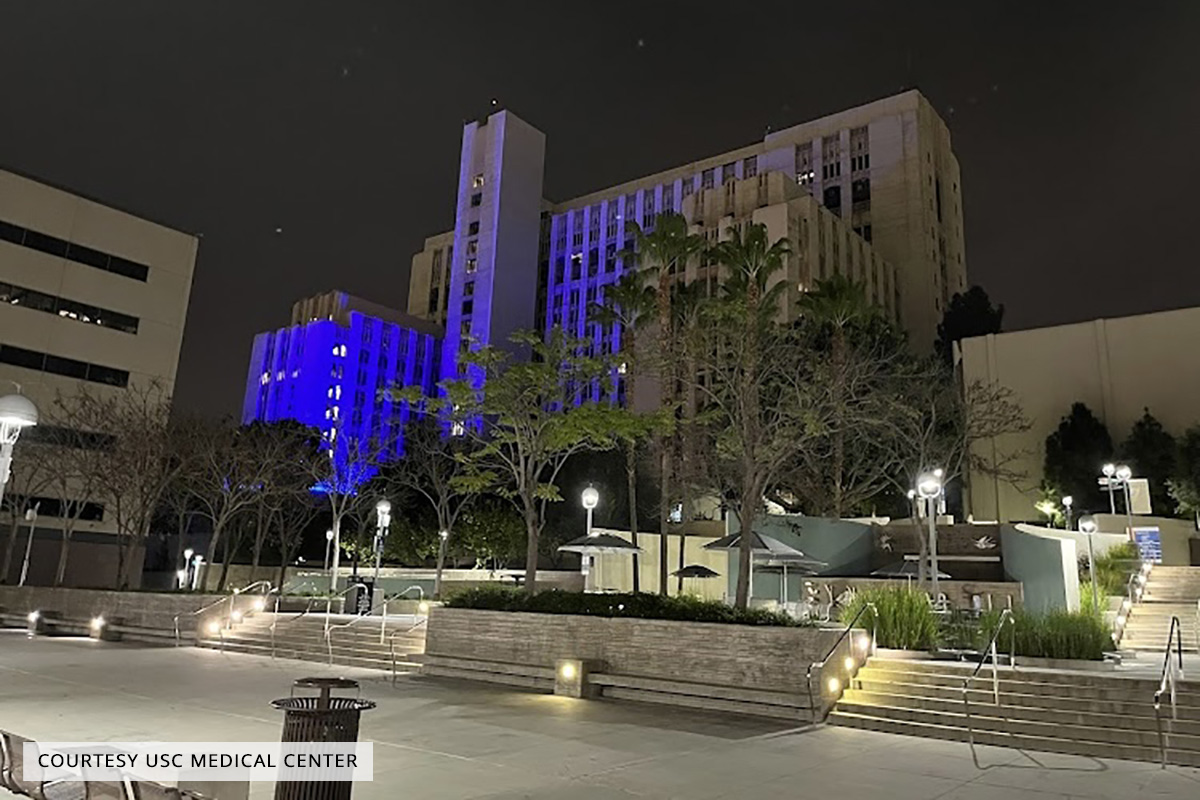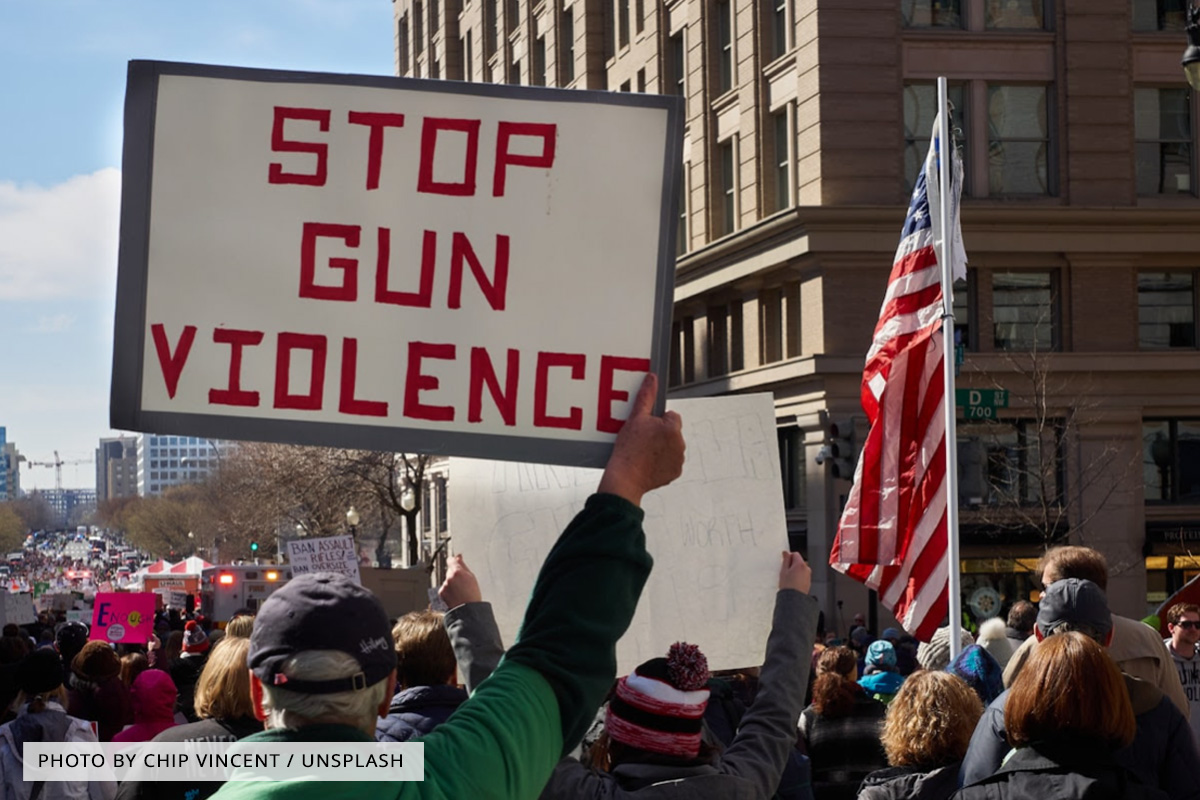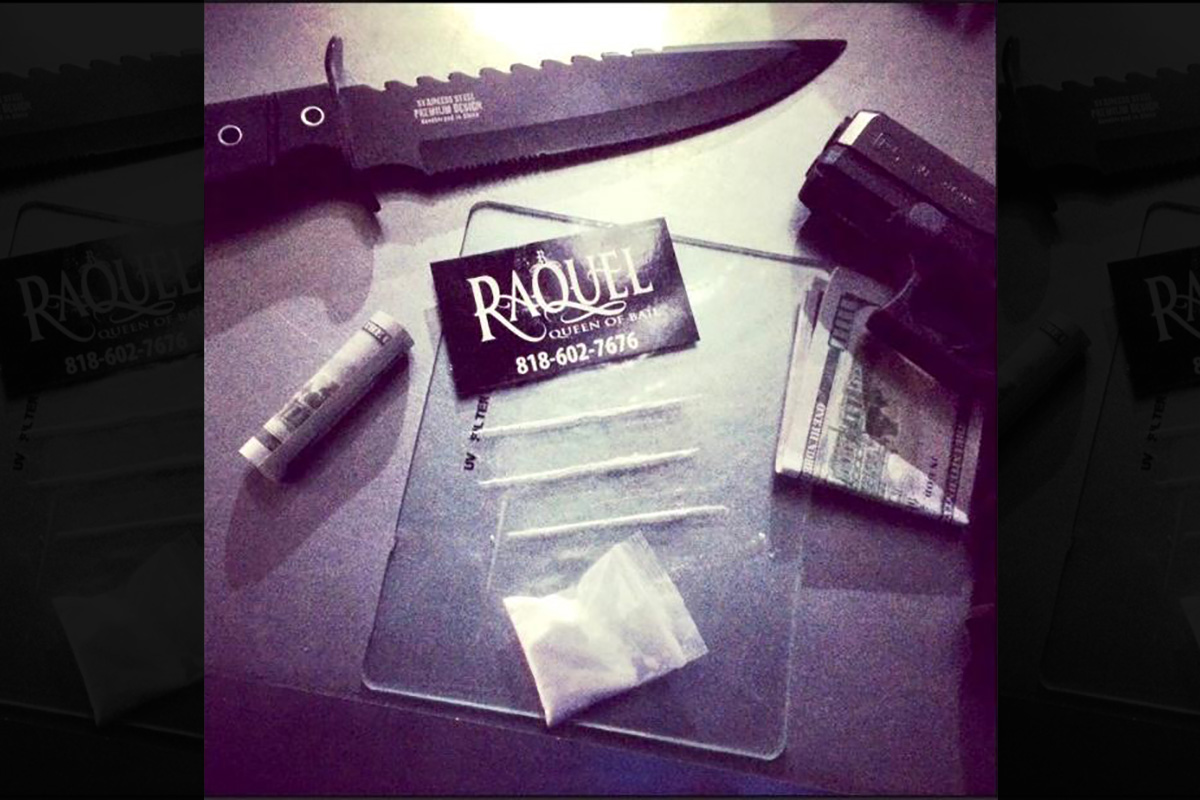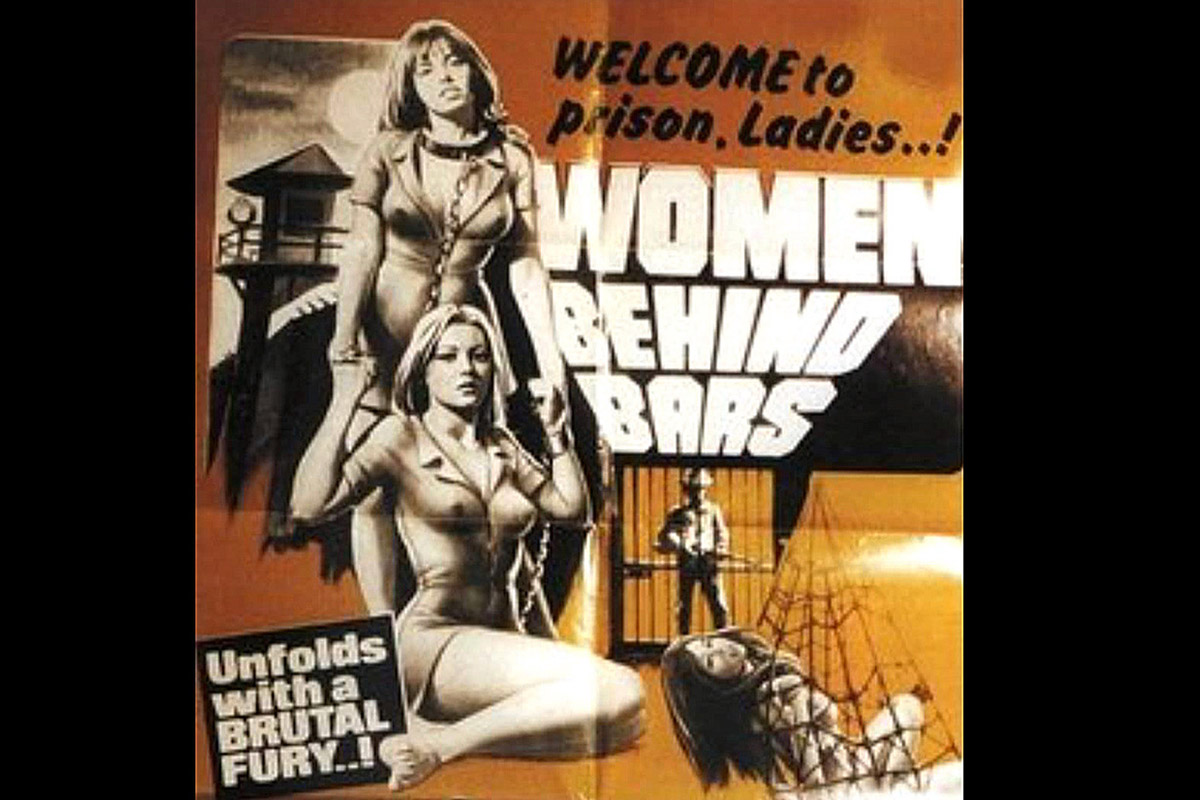©2023 By Raquel Vasquez
My client was in a small narrow hospital room with no windows and no lights, handcuffed to the bed. He was emaciated, dehydrated, and completely dope sick. It was painful to see. I looked at all things obvious. There was no drip, no oxygen, no nurse. No signs of any food trays, no water bedside with a straw. I whispered to my client, “Hi, it’s me, your bail bondsman Raquel…”
Do arrests and convictions persuade an addict to stop using drugs? How do people achieve long-term recovery after addiction? If jail time and criminal prosecution don’t come to mind as the answer, then we need to re-examine the situation.
There are recreational drug users and then there are degrees of addicts. My mentors trained me to be wary of clients with no address. Prostitutes, pimps and the couch-touring drug addicts, all have no address. At this time in my career, personal drug possession was still a felony and required a $20,000 to $25,000 bond. I didn’t want to turn the business away, so I took each bond into consideration. “Don’t do it,” they’d say. “A prostitute is in Vegas by sunset and you’ll never see her again,” or “a drug addict doesn’t know what day it is and they never make it to court.”
When an addict is put in jail, their bodies will start going into withdrawal and start showing symptoms within a few hours. The addict will then attempt to get their drugs inside jail, which adds the possibility of another criminal charge and even puts them in danger. Suddenly stopping the use of a drug after a long period of time is of course extremely dangerous and can be fatal.
A very sick heroin addict
I sat at my desk in my Hollywood office listening to the sound check below at Boardner’s bar. The unexpected calls always turned out to be the most gripping. My phone rang and I looked at the caller ID. It was a well-known member of a criminal organization. I knew whatever he was calling about would be a serious matter. I wasn’t mistaken. He went into a lengthy description of his associate who needed help. The man in need was not the average arrestee. He was a very sick heroin addict. This addict had chronic wounds stemming from injections that had created infected abscesses. He had been a professional junkie for years, the kind who handled his addiction like a diabetic handles daily life saving insulin. But his addiction had gotten out of control after he inherited money and a house from his grandparents.
My client was a Vietnam vet with a pension. Now he had a safe haven in which to do his drugs in peace. His home became a party pad filled with much younger drug users who also needed a place to peacefully do their drugs. It was a recipe for disaster — and disaster did come. The neighbors didn’t like what they saw. There were no robberies and no graffiti and no loitering on the sidewalk, but it was plain to see the sickly unhygienic group coming in and out of the house at all hours. The neighbors had had enough and called the police, it was as easy as that. Now this person had a case and was going to need bail. The demand was for me to make sure he was bailed out before his body started to withdraw and before he started showing symptoms.
I understood that my client had means but only received money at certain times of the month. I would not get paid at the time of service like all other bonds. I agreed to do it, but first my client had to sign a lien on his property. I was going to have to get a wet signature out of this drug addict and the clock was ticking on his arrest. Law enforcement had raided his house, and we knew they were coming back for him. I didn’t get the signature before the heat was back and took him to jail. I would have to make a professional visit before I could bail him out. The co-signer tried to articulate what the situation might be like, to warn me of what I would have to deal with. In retrospect it was kind of them to try to warn me and avoid the ugly words necessary to give me the true circumstances. Although words would never be able to accurately describe what I was forced to see.
It had to make numerous phone calls and go through many frustrated city workers to figure out where the hospital jail ward was. I finally got the information I needed, and started my adventure on foot. I found my way through the City Morgue, and the nefarious “Big G,” otherwise known as General Hospital, the place you go to die. I walked through the 1920s architecture of Los Angeles to modern buildings displaying a more blank and generic difference.
Inside the USC Hospital there are colored lines painted on the floor. They are there to help you find your way through the narrow high-gloss corridors. I followed the appropriate colored line on the industrial floor which led me to a service elevator with no indication of any jail ward or floor. After a thirty-minute maze of buildings, corridors, floors and bored faces, I was finally riding the elevator in silence with a cop to my destination. My heart was beating and I had no idea what I was going to see.
Shocking and inhumane
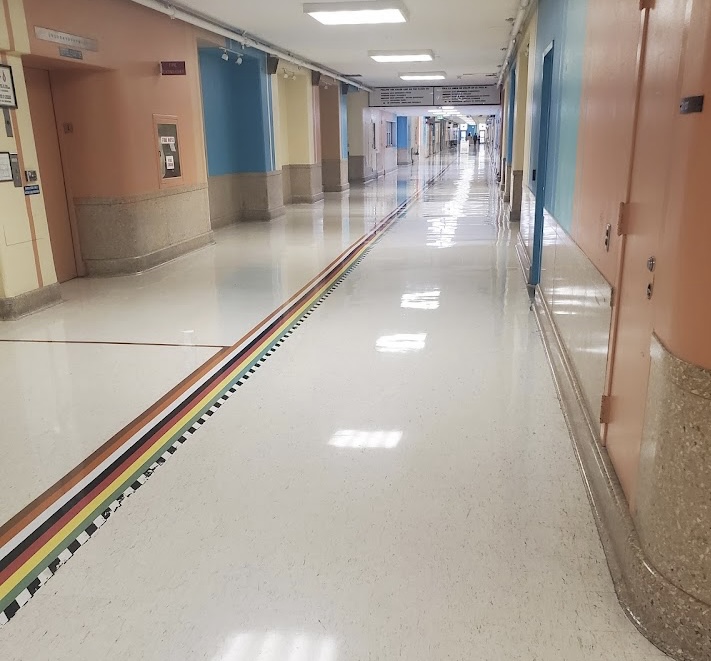
Courtesy USC Medical Center
The elevator doors opened to what looked like a regular hospital floor. No bars or cells, no watchtower design. Nobody questioned why I was there and the elevator door had since shut behind me. Big and in the center of the floor was the nurse’s station. I asked if they knew my client by name and a nurse simply pointed in the direction to the patient’s room. I took a deep breath and walked in.
My client was in a small narrow hospital room with no windows and no lights, and was handcuffed to his bed. He was emaciated, dehydrated, and completely dope sick. It was painful to see. I looked at all things obvious, and there was no drip, no oxygen, no nurse. No signs of any food trays, no water bedside with a straw. I whispered to my client, “Hi, it’s me, your bail bondsman Raquel.” He could barely move his mouth or speak. He looked at me with the eyes of someone who desperately needed help, like in a nightmare when you need to scream and nothing comes out of your mouth no matter how hard you try. His speech was extremely slurred and he spoke so slowly it was incredibly difficult to understand him. He was asking for help. What I saw seemed shocking and inhumane. I left his side to ask someone at the nurses station if he was receiving any kind of medicine to help him come off of a decades’ long heroin addiction and the nurse replied without a flinch, “No, we don’t provide any drug rehab services here.”
I went back to his bedside. I could see the pus-filled sores all over his arms and on his ankles and feet. I was petrified to touch him. I had to find gloves and was narrowly able to hold his wrist and assist with a signature in the almost pitch-black room with a sheriff’s silhouette watching at the door. It was a pathetic feat, and it took several minutes. I realized the dimmed lights were the only consideration given to him. Bright lights would have affected him like laser beams.
I noticed the callous faces of the people working the jail hospital ward. I could not find any curiosity within myself to peek inside the other rooms as I left my client’s bedside and I could not bring myself to describe to his associate the conditions my client was in when I was asked.
I walked back through the maze of floors, corridors and buildings as quickly as I could and drove a short way back to Twin Towers to post my client’s bond. I felt compelled to get him out of there.
Functioning again
Legally, inmates are entitled to medical care. Drug addiction treatment requires ongoing therapy, relapse prevention, skillset building, group therapy and programs. Jails are not built to provide adequate healthcare, particularly care for drug addiction and mental illness even though sixty-five percent of inmates are arrested with a drug dependency or committed their crime while under the influence of drugs or alcohol.
Proposition 47 passed in 2014 and converted personal drug possession charges from a felony to a misdemeanor. Prop 47 was based on numerous studies showing that incarcerating people for drug-related offenses had little impact on crime or addiction. The proposition applied only to nonviolent crimes and to people with no prior convictions. It was estimated to save the state a hundred and fifty million dollars and lower the prison population by thirteen thousand people. The proposition was endorsed by both the New York Times and Los Angeles Times, Jay Z, and Newt Gingrich, among others.
My client’s bond was accepted and he was released. He immediately got high and could function again. After twenty-four hours my client called me and his speech was better, but he had suffered while in custody. He explained to me that he has been a heroin addict for over twenty-five years and wasn’t dealing drugs, but wanted to help other junkies get off the street. He paid me in full just like he’d promised. His home being raided, his arrest, his court case, all of his appearances, sentencing and time spent in the hospital jail ward never got him the help he needed. It also didn’t stop his dealer from dealing. Did he become an addict while serving his country? We’ll never know.
999

Raquel Vasquez, “Hollywood’s Queen of Bail,” is an entrepreneur and freelance writer from Los Angeles with a background in dance and photography. Born in Las Vegas, Raquel is the progeny of entertainment industry parents and spent her early years traveling. Raquel has been a columnist for LA Canvas magazine and other outlets covering boxing, music, art and pop culture. She is currently in college furthering her education, owns two businesses and is working on her second book.


